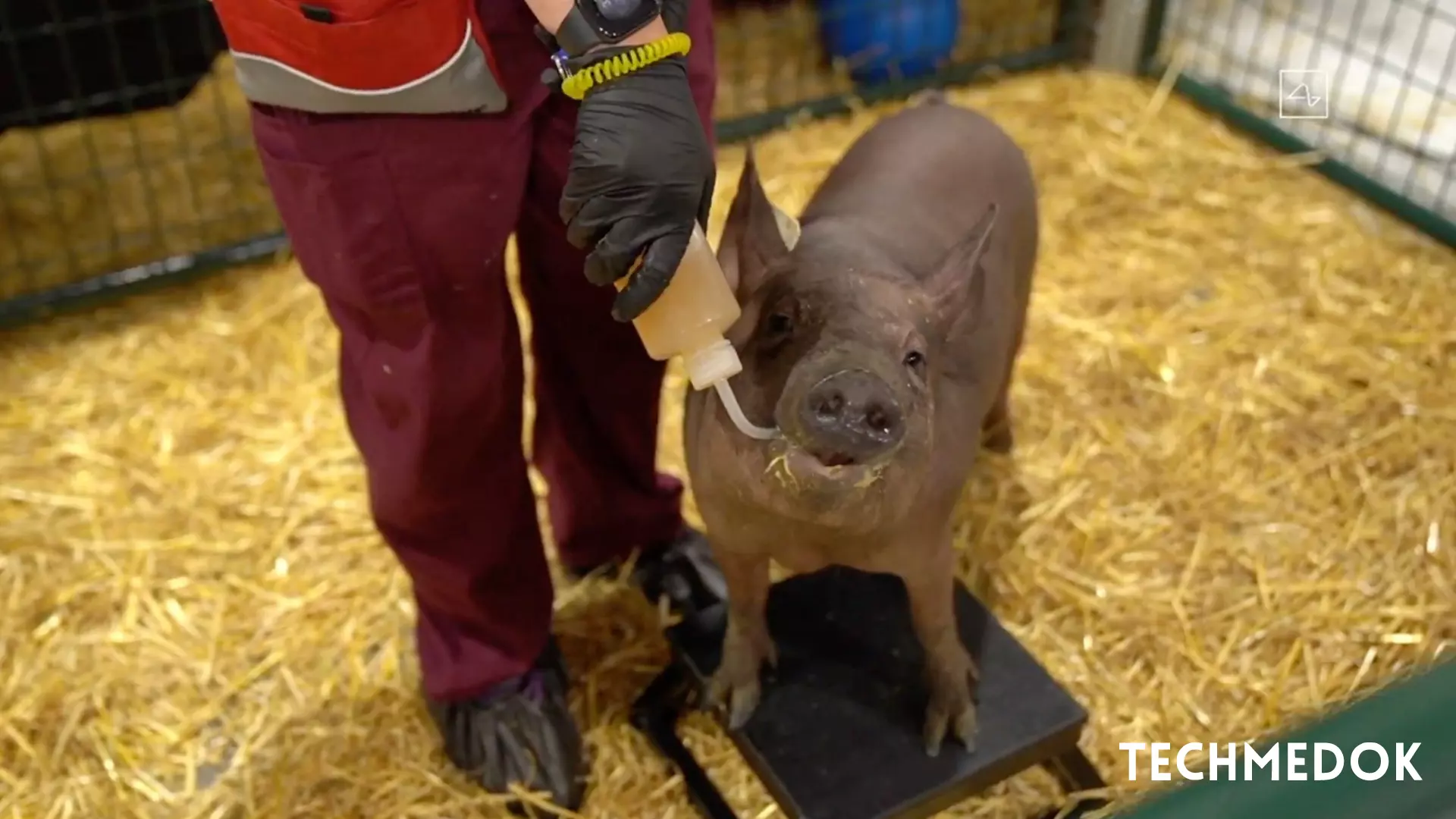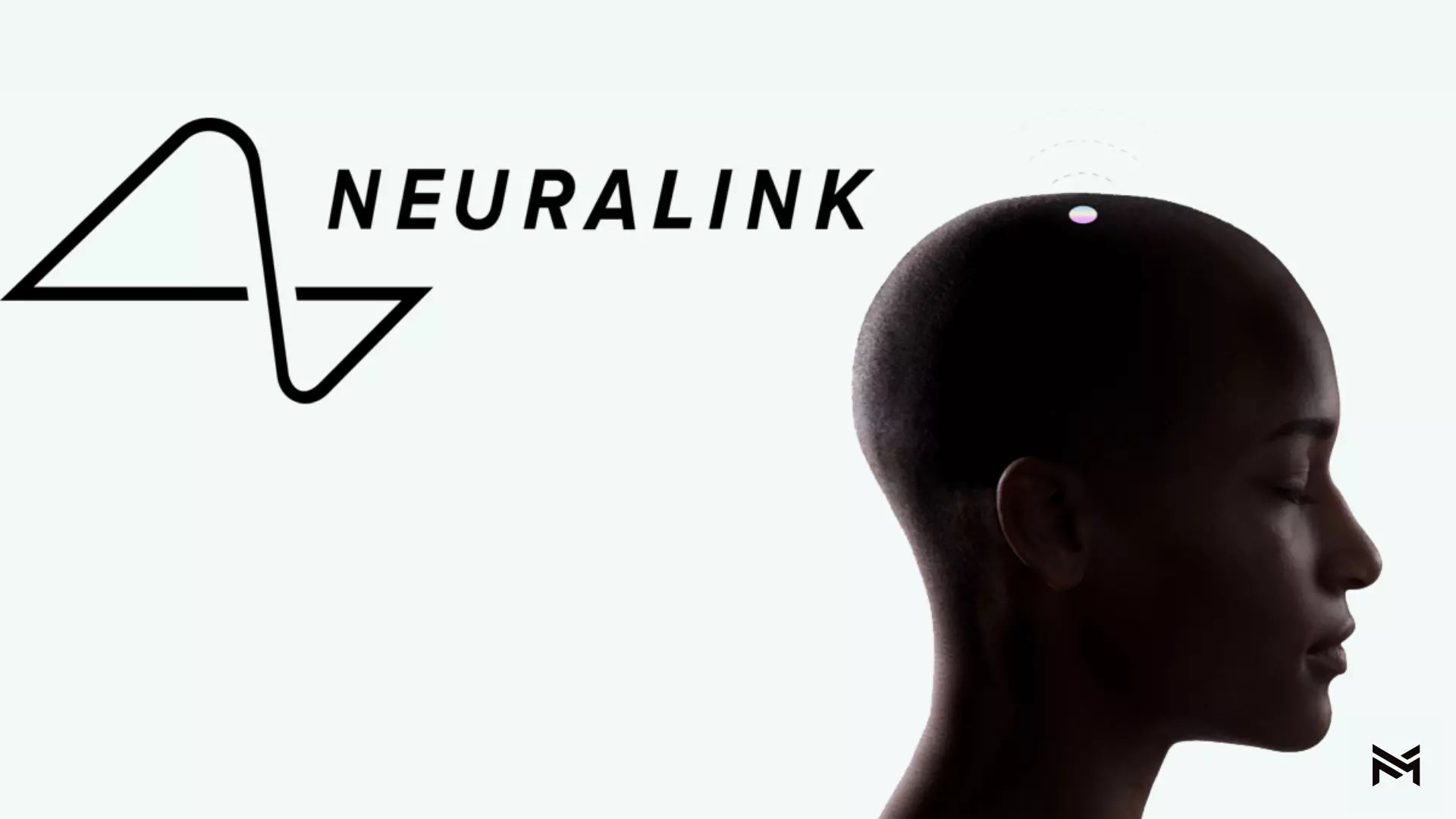“Curiosity is the Lust of Mind” – a great quote which better suits humans. Our curiosity has gone to a particular level, where we have started experimenting with the source of our curiosity – the brain.
The brain is a complex part of the human body, and it has been an active area of research for years. Elon Musk, who always looks for something exciting to do, found this domain and started a neuroscience company named Neuralink.
The company focuses on developing brain-computer interfaces (BCIs), created by the maverick entrepreneur Elon Musk along with 8 other experts in the same field in 2016. Musk partly derived this idea from the sci-fi concept “Neural lace” in the series of 10 novels named “The Culture”. By 2019, the company has received $158M ($100M from Elon) and is estimated to be valued at $500M.
Purpose
The company is working towards creating BCIs to help cure neurological problems like Alzheimer’s, dementia, spinal cord issues, and also fusing the brain with AI. These devices are basically developed to record and stimulate brain activity, also helping us to allow direct interfacing with computers and connect us with the cloud as well as other brains, smartphones, etc – wirelessly. Elon Musk describes this as “The Fitbit for the Brain” which not only cures diseases but helps us understand complex brains and their problems.
Neuralink is developing a BCI system, consisting of 3 main components – ultra-fine polymer probes, a neurosurgical robot, and high-density electronics. When combined, this system serves as a research platform and prototype toward a fully implantable BCI.
Our brain is a sort of series of circuits, communicating through electricity, and Neuralink looks to exploit this by planting electrodes near neurons to detect action potential. Since the size of the electrode doesn’t allow it to record the activities of a single neuron, information from multiple neurons are collected and converted into binary data for machine understanding.
To place these complex electrical components, a high-precision neurosurgical robot is designed by the company. The robot has a 150-micrometer gripper and a needleless than 40-micrometer which catches the thread of the electrode and places it in its precise location.

Experiments
After knowing all these, we would expect a little demonstration from the company right?!. Well, one of them was done in 2020, called a “three little pigs demo”. Neuralink unveiled a pig named Gertrude that has a coin-sized implant on its brain, to cure diseases with the same implant. As Gertrude’s snout touched things, an array of dots and a series of noises indicated when more neurons were firing, triggering spikes on a graph tracking the animal’s neural activity. This happens as the Pig’s large part of the brain is connected to the snout.

In April 2021, the company displayed a monkey, playing “pong” with an implant. While these are not all new to this field, they are involved in the process of achieving the greater goal of the company.
Neuralink – The one?
After all these achievements, you may have a question about whether Neuralink is the only company to do these. The answer is an obvious NO. There are companies like BrainCo, Kernel, etc. In fact, the monkey experiment was already accomplished many years ago. “We implanted a very similar brain-computer interface system [to Neuralink’s] in humans in the early 2000s,” says John Donoghue, a Brown University professor of neuroscience and engineering. Recently, a paralyzed man tweeted using BCI. He was diagnosed with amyotrophic lateral sclerosis(ALS) and received endovascular Stentrode BCI in 2020.
Downsides
Now, we have discussed the good things that happened to the company, the company is not short from problems, like the other ones. By August 2020, only 3 of the 8 founding experts remained in the company, due to many conflicts in ideas between them. In May 2021, co-founder and president Max Hodak announced that he no longer works with the company.
The company has faced much criticism around the world, with MIT describing them as “highly speculative” and “neuroscience theatre”. In addition to regulations (including FDA approvals, among other things) and legal and medical concerns, there are also privacy and ethical issues — hackers, could, in theory, gain access to other people’s brains through a BCI, for example. Neuralink also faces another reality:
There is still so much that even neuroscientists do not know about the brain. He even spoke about making this implantation on humans possible within 2022. While he has started facing lots of problems with SpaceX, I don’t think they would accomplish it within said time. Anyway, let’s wait and get to know what more meticulous experiments will be done on us!!


